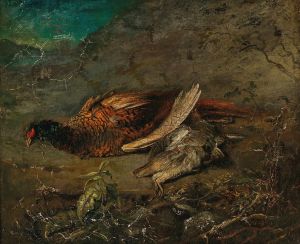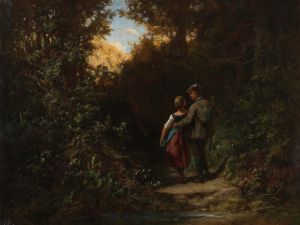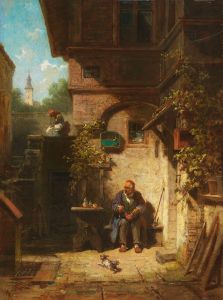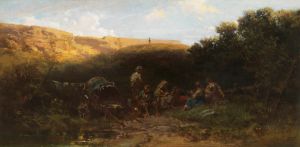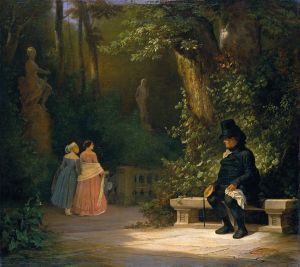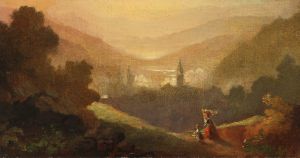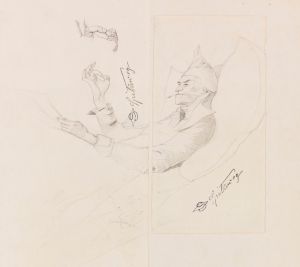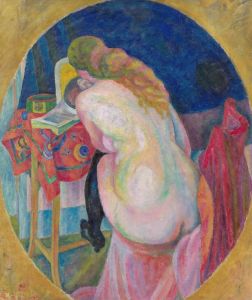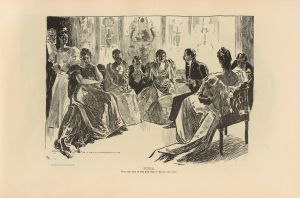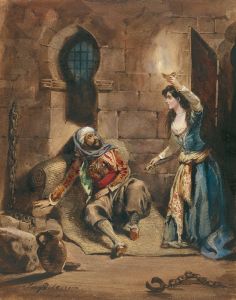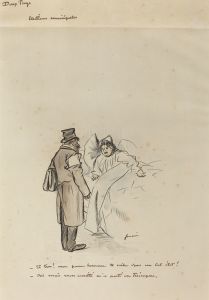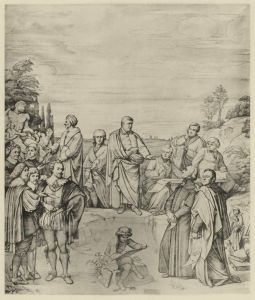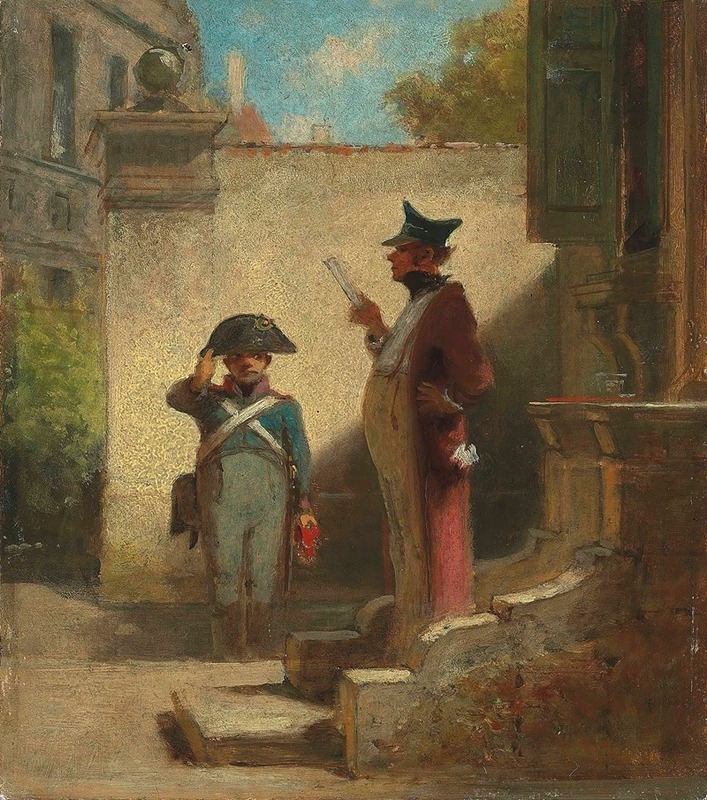
Der Platzkommandant
A hand-painted replica of Carl Spitzweg’s masterpiece Der Platzkommandant, meticulously crafted by professional artists to capture the true essence of the original. Each piece is created with museum-quality canvas and rare mineral pigments, carefully painted by experienced artists with delicate brushstrokes and rich, layered colors to perfectly recreate the texture of the original artwork. Unlike machine-printed reproductions, this hand-painted version brings the painting to life, infused with the artist’s emotions and skill in every stroke. Whether for personal collection or home decoration, it instantly elevates the artistic atmosphere of any space.
Carl Spitzweg was a renowned German painter and poet, best known for his detailed and often humorous depictions of everyday life in the 19th century. One of his notable works is "Der Platzkommandant," which translates to "The Garrison Commander." This painting is a fine example of Spitzweg's ability to capture the essence of his time with both wit and charm.
"Der Platzkommandant" is characterized by its meticulous attention to detail and the subtle humor that Spitzweg is celebrated for. The painting typically features a scene from daily life, often with a focus on the idiosyncrasies of the characters involved. Spitzweg's works frequently explore themes of bourgeois life, and he often depicted figures such as soldiers, monks, and small-town residents in a light-hearted manner.
In "Der Platzkommandant," Spitzweg portrays a military officer, likely the titular garrison commander, in a setting that reflects the quaint and somewhat provincial nature of small-town military life. The officer is often depicted in a relaxed pose, perhaps engaging in a mundane activity or interacting with local townsfolk. This portrayal is consistent with Spitzweg's tendency to humanize his subjects, presenting them as approachable and relatable figures rather than imposing or distant authorities.
Spitzweg's style is marked by a keen observation of human behavior and a gentle satirical edge. His paintings often include a wealth of detail, inviting viewers to explore the scene and discover the nuances of the characters' interactions. The humor in his work is subtle, relying on visual cues and the juxtaposition of elements within the scene to convey a sense of irony or amusement.
The historical context of Spitzweg's work is significant, as it reflects the social and cultural milieu of 19th-century Germany. During this period, Germany was undergoing significant changes, with the rise of industrialization and shifts in social structures. Spitzweg's paintings capture the essence of this transitional era, providing a window into the lives of ordinary people and the small pleasures and absurdities of their daily existence.
"Der Platzkommandant," like many of Spitzweg's works, is appreciated for its technical skill and the warmth of its portrayal of human subjects. Spitzweg's use of color and light enhances the mood of the scene, often creating a sense of nostalgia or whimsy. His ability to convey complex emotions and social commentary through seemingly simple scenes is a testament to his talent as an artist.
Carl Spitzweg's legacy as a painter lies in his unique ability to blend realism with romanticism, creating works that are both visually appealing and thought-provoking. "Der Platzkommandant" is a prime example of his artistic vision, capturing the humor and humanity of 19th-century life with grace and subtlety. Through his art, Spitzweg offers a glimpse into a world that, while distant in time, remains relatable and engaging to contemporary audiences.





